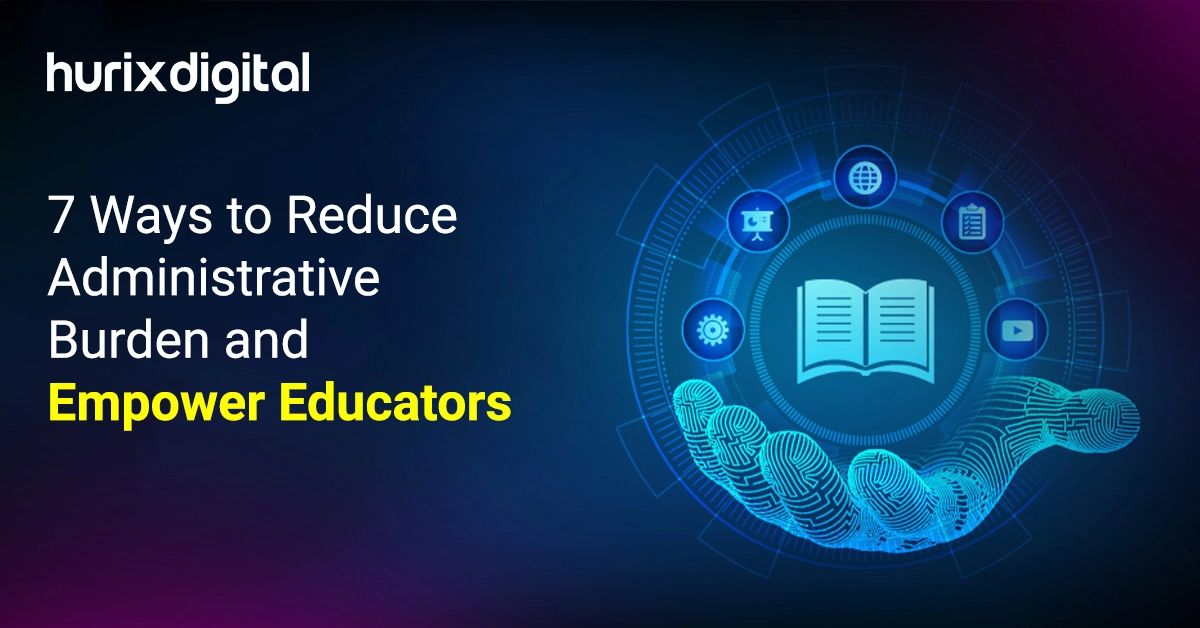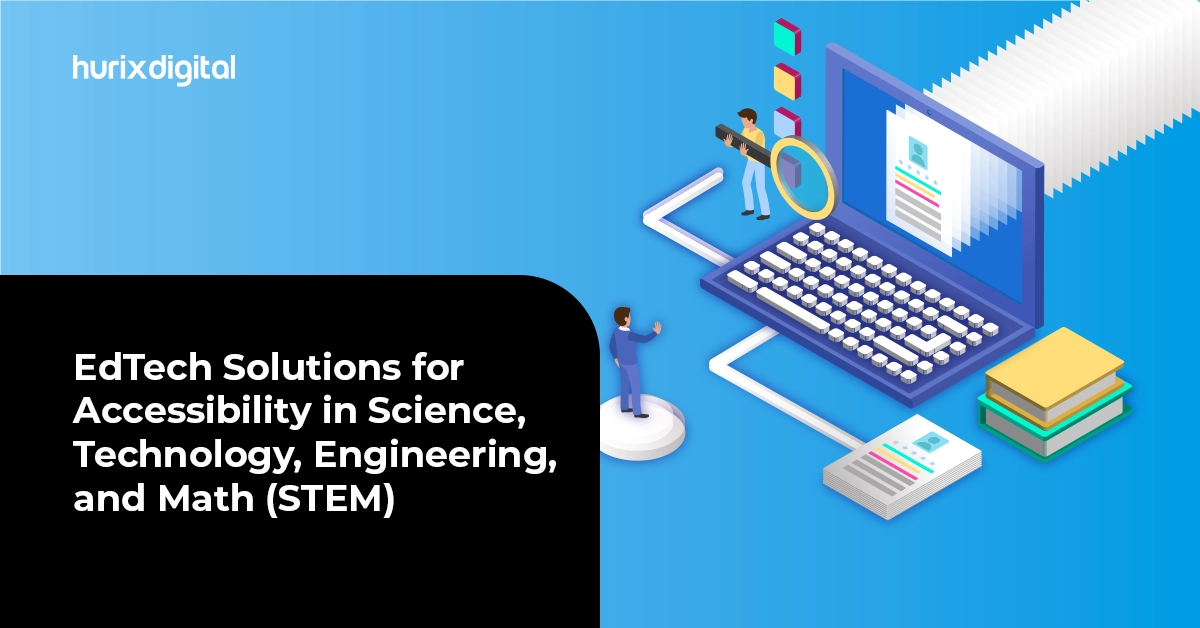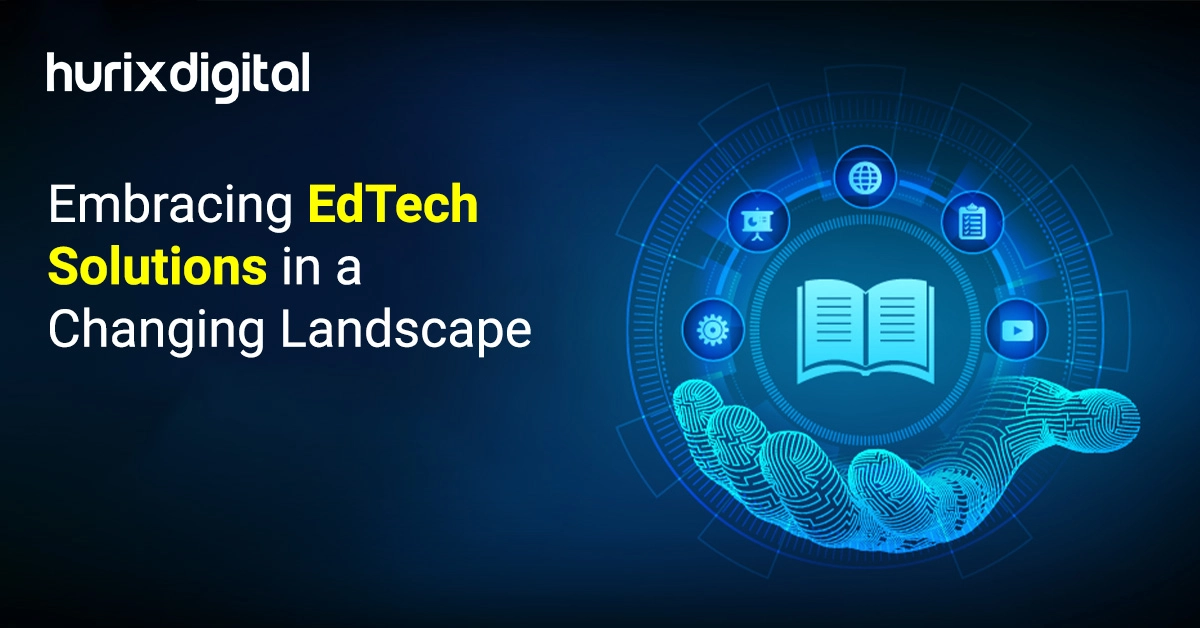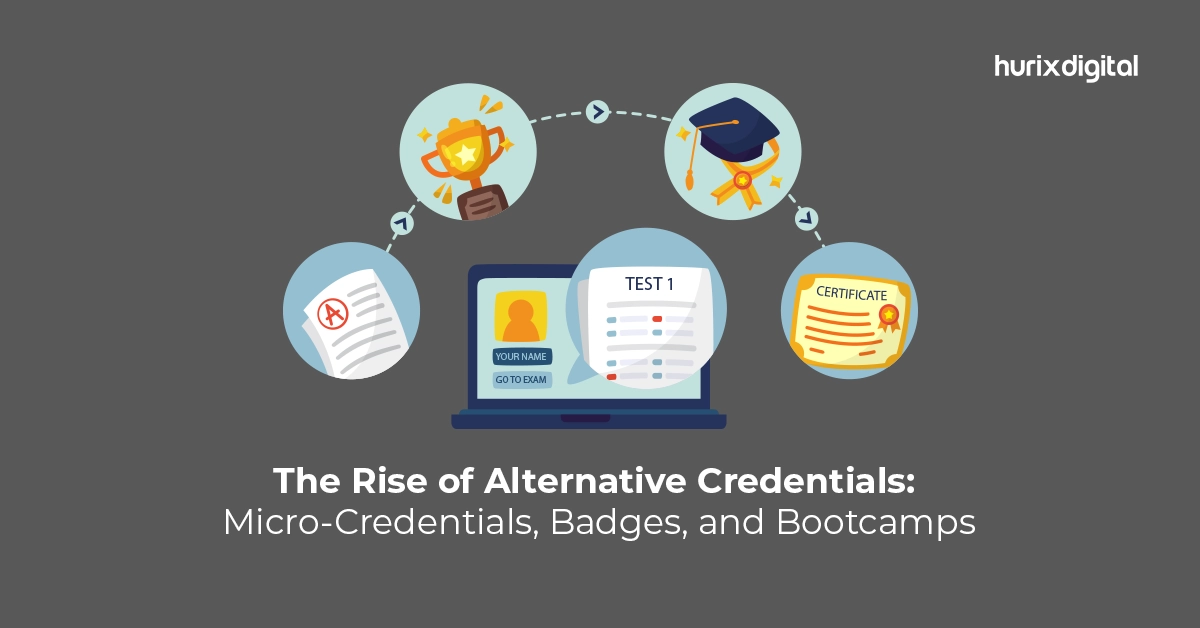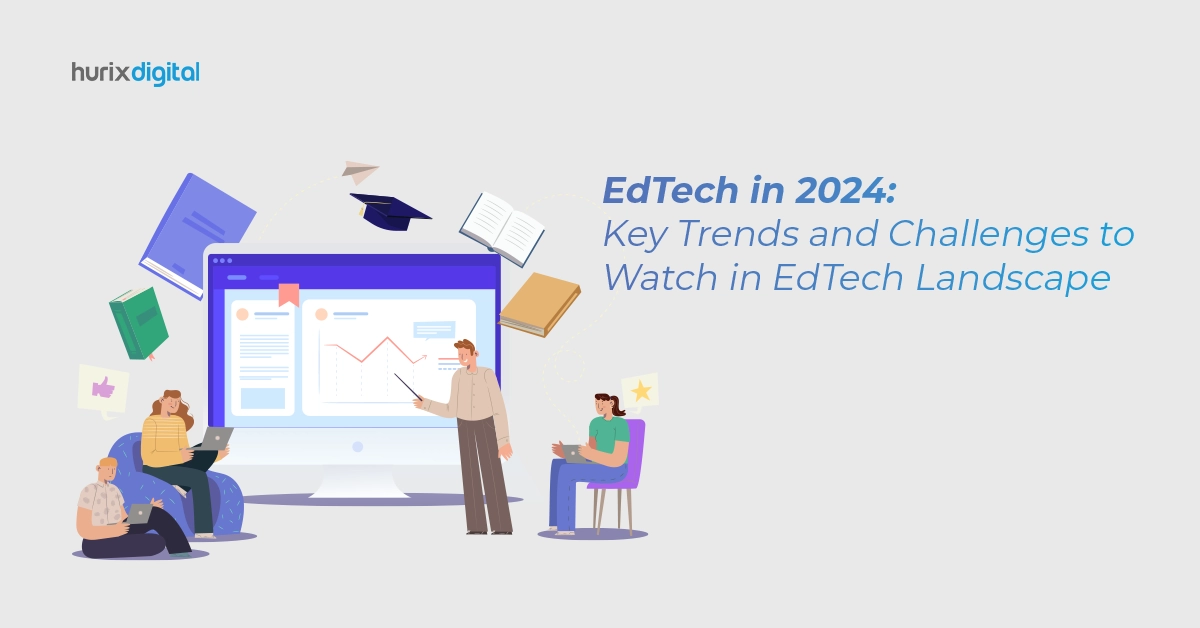
Edtech in 2025: Key Trends and Challenges to Watch in the Education Landscape
In the last two decades, the term EdTech, or educational technology, has completely revolutionized the field of education. The modern, dynamic, and creative use of technology in classrooms has not only transformed the method of holistic learning but has also empowered teachers to provide customized learning materials to their students.
One goal of modern technology is to empower each person with their own unique learning experience tailored to both intellectual and physical needs. The education sector is witnessing a seismic shift, propelled by innovative EdTech solutions.
As we stand poised on the precipice of 2025, several emerging EdTech trends and challenges promise to reshape the learning landscape, offering exciting advancements while demanding our attention as well.
Table of Contents:
- Trending Tides in EdTech Solutions
- What are the Challenges to Navigate in EdTech Solutions?
- Wrapping Up
Trending Tides in EdTech Solutions
EdTech is a field that never stops moving. From standardization of educational standards and the incorporation of augmented and virtual reality in teaching to artificial intelligence (AI)-driven adaptive learning and smart education tools, there are so many trends that are going to change the education landscape forever.
And with the digital era hotly on the rise, there’s no time like the present to find out what’s in store for the educational landscape in EdTech trends 2025:
1. Hyper-Personalization Takes Center Stage
The “one-size-fits-all” model is fading, replaced by a surge in hyper-personalized learning. Imagine AI analyzing student data to understand their learning styles, crafting tailor-made curriculums, promoting gamification in EdTech, and offering targeted feedback. This bespoke approach will help students reach their full potential.
A 2023 World Economic Forum report states that AI-powered personalization will be essential in the future classroom by providing open access resources and collaborative spaces today.
Although teachers have traditionally attempted to adapt their courses for students, modern tools such as adaptive learning platforms and machine learning algorithms allow them to do so on an individual basis. These platforms use data collected from multiple sources—including grades, attendance records, assessment results, teacher feedback, and more—to create customized learning experiences for each student.
Hyper-personalization is also happening outside of the classroom: Students are becoming more involved in their learning through ebooks, podcasts, and other resources available online.
Hyper-personalization will likely mix with modern technologies like AI instructors and learning companions as 2025 unfolds to make sure students get real-time support in fields like STEM and humanities.
Moreover, the integration of predictive analytics into adaptive systems will help identify and eliminate potential learning challenges.
2. Immersive Learning Revolution
AR and VR are no longer science fiction; they’re transforming education. Research from Educause predicts that the AR/VR market in education will reach $14.2 billion by 2028.
The recent advancements in computing power and graphics processing have allowed for higher fidelity experiences than ever before—making augmented reality and virtual reality in EdTech serious contenders for future education platforms.
Imagine dissecting a virtual frog in biology class, exploring ancient Rome via VR, or collaborating with students across the globe in shared virtual spaces. These immersive experiences and EdTech innovations will boost engagement, deepen understanding, and break down geographical barriers, making learning truly global.
Mixed reality (MR) technologies, which deftly combine AR and VR, enhance this transformation further. Applications in language instruction, for example, let students interact with avatars driven by AI in realistic environments, improving fluency and cultural awareness.
Also Read: The Most Viral EdTech Trends to Watch Out for in 2024!
3. Microlearning Takes the Spotlight
Traditional hour-long lectures are struggling against shrinking attention spans. With its emphasis on brief, targeted learning units, microlearning is the dominant approach here.
Microlearning is an evolution of video-based learning, which means it includes graphics, text, voiceover narration, and more interactive elements like quizzes or polls. The idea is that shorter videos allow learners to digest information more quickly than longer ones do.
It has been known to improve student retention rates in the range of 70-90 percent, unlike traditional teaching models, which only help in 15% of the cases.
Consider the impact of engaging video lessons, interactive quizzes, and gamified activities that cater to dwindling attention spans. This approach, ideal for skills development and lifelong learning, makes knowledge accessible in our fast-paced world.
As AI-based content curation advances in 2025, microlearning is expected to gain momentum. AI will let teachers quickly create personalized micro-courses catered to specific student groups, increasing engagement and retention.
4. Prioritization of Skill-Based Learning
With the job market rapidly evolving, traditional degrees are no longer the sole guarantee. The stark reality is that 85 million jobs could be replaced by automation by 2030.
In response, expect a rise in EdTech skill-based learning programs that provide students with in-demand skills, including data science, digital marketing, cybersecurity, and artificial intelligence. Offering certifications, boot camps, and useful courses, these programs guarantee that graduates are job-ready and able to flourish.
The goal is to equip students with skills that can be applied outside of school—whether they’re pursuing careers in STEM fields or going on vacation with their friends and family. It’s about equipping young people with transferable skills that will benefit them anywhere their path of life leads them.
Institutions are also working with businesses to co-design courses fit for workforce needs, including mentoring and practical projects in the classroom. Initiatives stressing green technologies and sustainability skills are emerging as major concerns in 2025.
What are the Challenges to Navigate in EdTech Solutions?
Though EdTech in K12 is becoming more and more inclusive in classroom learning, there are many new challenges facing the educators and school leaders of 2025.
Here we explore the consequences of the main future trends—those that will define education technology, as well as some solutions for EdTech’s problems.
1. Bridging the Digital Divide
While EdTech presents incredible opportunities, the issue of digital inequality remains a significant challenge. Not everyone has access to reliable internet connections, devices, or technical skills. In 2025, addressing this divide is crucial.
It can involve initiatives like providing affordable devices, expanding internet access in underserved communities, and offering training programs to bridge the digital skills gap. Equitable access to EdTech tools is essential for ensuring that the benefits of this revolution reach all learners, regardless of their background.
For 2025 and beyond, governments and corporate players are creating worldwide alliances to solve digital inequalities. Programs like “One Tablet per Child” and free Wi-Fi zones in rural regions are gaining popularity to close this disparity even more.
2. Data Privacy and Security Concerns
Data privacy and security take center stage as more student information is collected and stored online. In 2025, developing robust data security policies and explicit data privacy rules will be especially crucial to guarantee the protection of student data.
Additionally, fostering digital literacy and educating students about online safety will be crucial for navigating the digital learning landscape responsibly.
Blockchain’s arrival in EdTech presents interesting choices for safe data management. To provide more openness and control over private data, institutions are looking into distributed data storage.
3. Teacher Training and Reskilling
Although EdTech is an excellent resource, it cannot replace the value of qualified, committed instructors. Initiatives on teacher preparation and reskilling will be crucial in 2025 to guarantee that teachers are ready to properly include technology in their lessons.
It involves training on using EdTech platforms, developing technology-enhanced lessons, and adapting their teaching styles to accommodate the changing learning environment.
Peer-led teacher communities are emerging as valuable spaces for sharing best practices and learning collaboratively. These groups use digital tools to schedule live Q&A sessions, webinars, and workshops.
4. Ethical Dilemma of AI
While AI-powered tools offer incredible potential for personalization and assessment, their use also raises ethical concerns.
Discussions on algorithms’ biases, over-reliance on technology, and the need for human-centered design will be vital in 2025. Maximizing the advantages of artificial intelligence in education will depend on ensuring responsible and ethical development and application of it, hence reducing possible negative effects.
Also Read: Top 10 AI Trends Reshaping the World of Education in 2024
Wrapping Up
Imagine a time when AI knows your talents and shortcomings, customizes your course of instruction, and offers focused help at every turn. With Hurix Digital, this world is not just a distant dream; it’s the reality for learners and educators today.
We are your AI-powered learning partner, committed to empowering educators and learners alike. Our cutting-edge AI platform doesn’t just offer on-demand tools; it reveals the wonders of personalized learning, customized feedback, and continuous growth.
Connect with us today and discover how we can help you thrive in the EdTech revolution!

Senior Vice President – Business Development
Over 25 years of experience in the edtech and workforce learning industry with strong skills in Business Development, Customer Relationship Management (CRM) and Strategy.
